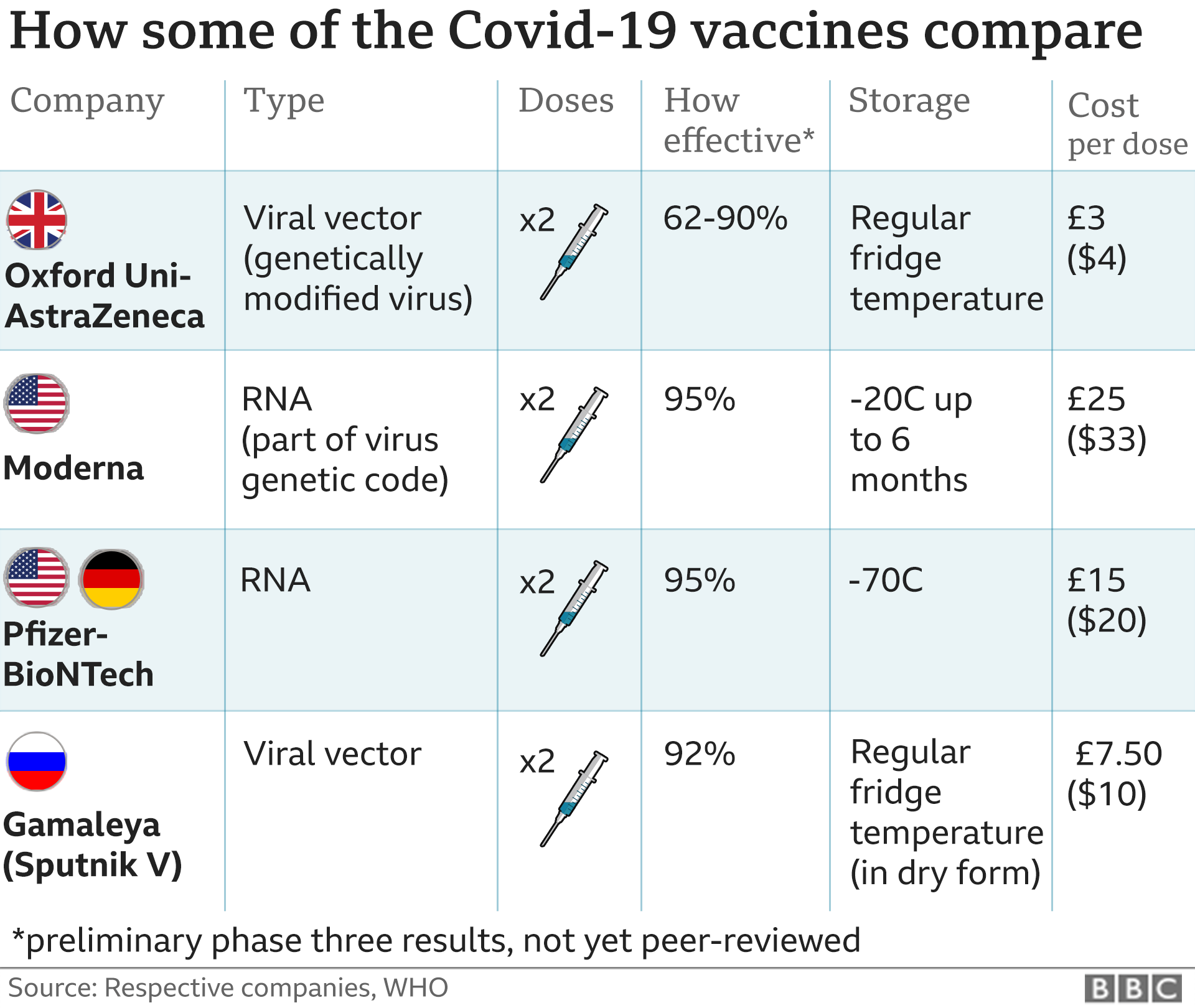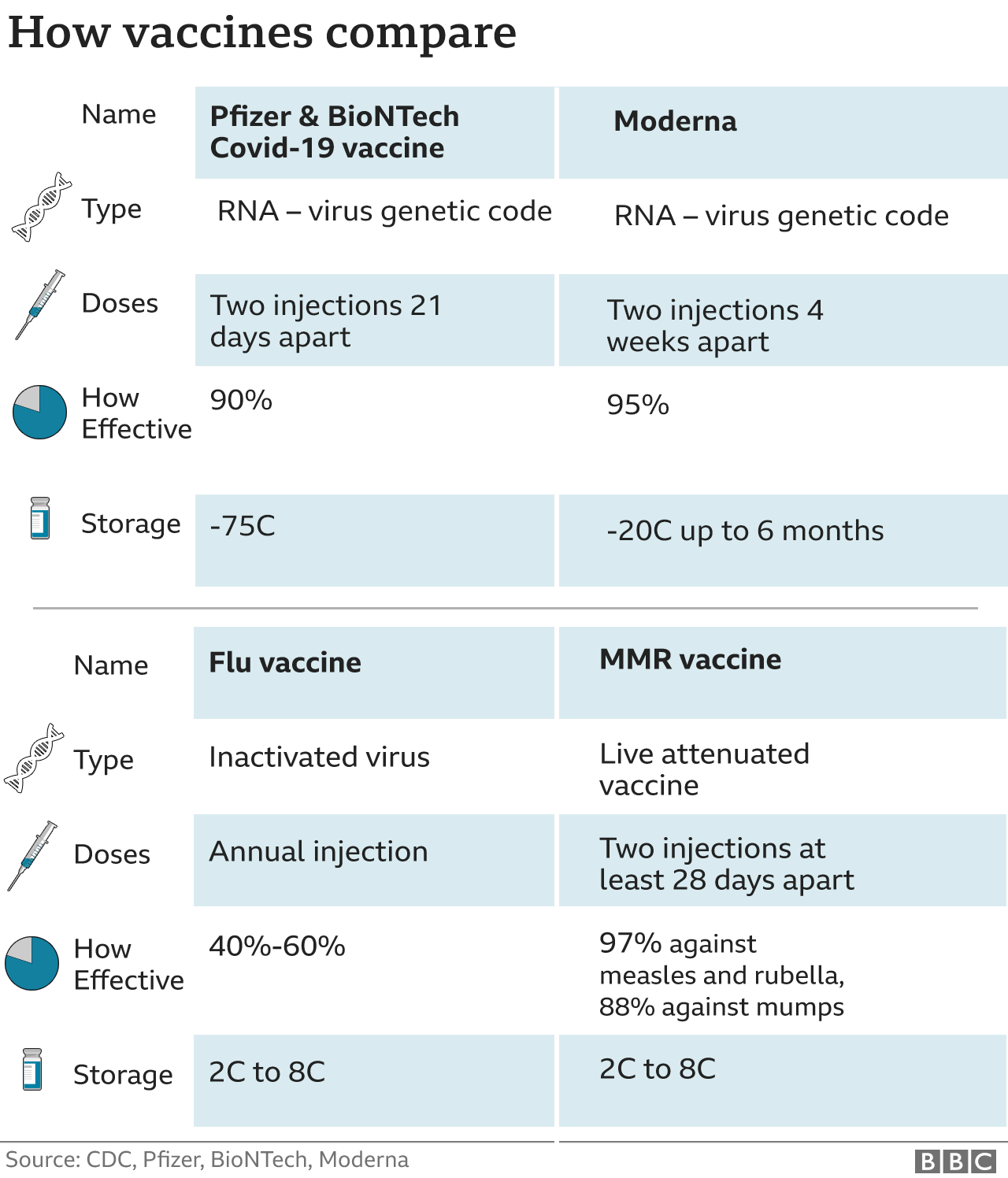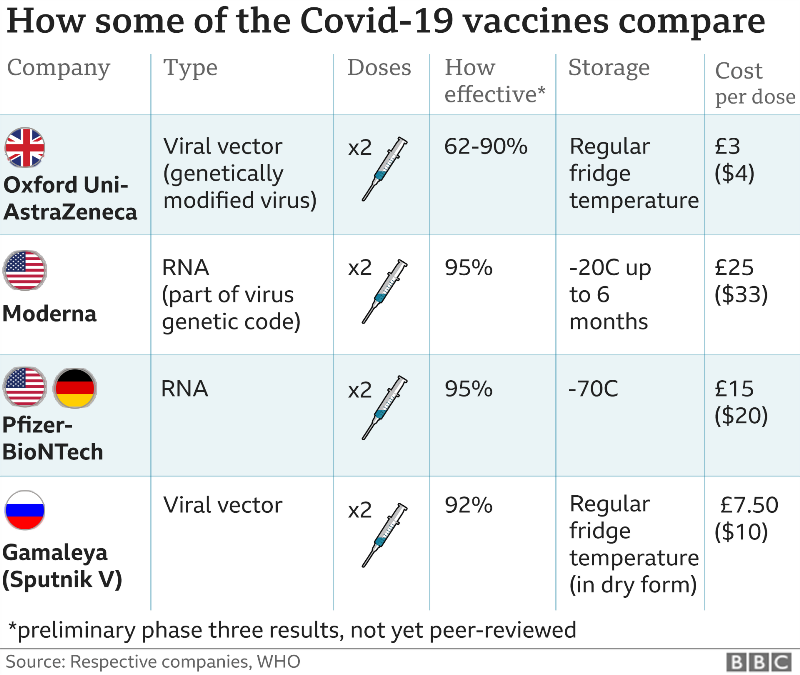

Not only are they more likely to get very ill from COVID-19, they also have a lower antibody response to vaccines and are at a higher risk of transmitting the virus. The Associated Press contributed to this report.About 3% of US adults are immunocompromised, according to the CDC, but research suggests they account for about 44% of hospitalized breakthrough cases of COVID-19. In the U.S., some states have suggested they may run out by Thursday and are unclear when new doses will arrive.More than 414,000 deaths in the U.S. Pfizer’s primary site for manufacturing vaccine for the U.S. Pfizer said last week it would temporarily reduce deliveries to Europe and Canada while it upgrades capacity at its plant in Belgium, which supplies all shots delivered outside the United States. RELATED: Health experts blame rapid expansion for vaccine shortages In a statement, HHS said that jurisdictions actually received about a 5% increase in vaccine allocations this week from what they got in the past couple of weeks.Ĭountries across Europe are also having problems getting enough doses to provide protection against a virus that is now appearing in new, more contagious variants around the globe. Public health officials have said the gap could reflect recordkeeping delays as well as disarray and other failings at various levels of government in actually getting shots into arms. Less than half of the 36 million vaccine doses distributed to the states by the federal government have been administered so far, according to the CDC. President Joe Biden, who was inaugurated on Wednesday, has made it clear that his administration will launch an aggressive strategy to attack the crisis, and he vowed to administer 100 million shots in his first 100 days.

States are dramatically ramping up their vaccination drives, at the federal government’s direction, to reach people 65 and older, along with certain others. The CDC’s revisions came as vaccine shortages were being reported throughout the country and the world. RELATED: UK COVID-19 variant ‘may be’ more deadly, prime minister says Making an appointment for the second dose before the vaccine recipient leaves, to increase the likelihood that patients will present at the same vaccination site for the second dose.Recording vaccine administration information in the patient’s medical record.Recording each recipient’s vaccination in the immunization information system (IIS).
#Pfizer second dose timing cdc free
Encouraging vaccine recipients to enroll in VaxTextSM, a free text message-based platform to receive COVID-19 vaccination second-dose reminders.

Providing COVID-19 vaccination record cards to vaccine recipients, asking recipients to bring their card to their appointment for the second dose, and encouraging recipients to make a backup copy (e.g., by taking a picture of the card on their phone).To help patients avoid interchanging vaccines, the CDC issued suggestions to providers: "In exceptional situations in which the first-dose vaccine product cannot be determined or is no longer available, any available mRNA COVID-19 vaccine may be administered at a minimum interval of 28 days between doses to complete the mRNA COVID-19 vaccination series," the CDC stated.īut the CDC made clear that a vaccine-mixing scenario should be avoided, if possible.įILE - A COVID-19 vaccine hub taking appointments only stands in Brooklyn as the city begins to run low on doses on Jan. But according to the CDC, in the "exceptional" event that there are not enough doses of the Moderna vaccine to administer a second shot, it is acceptable to use the Pfizer vaccine. If a person gets a first dose of the Moderna shot and the 28-day interval period is up, it is recommended that the second dose be Moderna also - and the same goes for the Pfizer vaccine.
#Pfizer second dose timing cdc series
Both doses of the series should be completed with the same product," according to the CDC’s website.

The safety and efficacy of a mixed-product series have not been evaluated. "These mRNA COVID-19 vaccines are not interchangeable with each other or with other COVID-19 vaccine products. The CDC’s updated guidance also says that the Moderna and Pfizer vaccines can be interchanged between the first and second doses in "exceptional situations," but the agency stressed that such a scenario should be avoided and that vaccines should not be mixed, citing a lack of scientific evidence to suggest that mixing the two shots still provides adequate protection from COVID-19. RELATED: CDC finds 10 cases of life-threatening reaction to COVID-19 vaccine out of more than 4M administered dosesīut the CDC has approved a longer wait for the second dose, stating it is safe and effective to administer the shot 6 weeks (42 days) after the first dose.


 0 kommentar(er)
0 kommentar(er)
